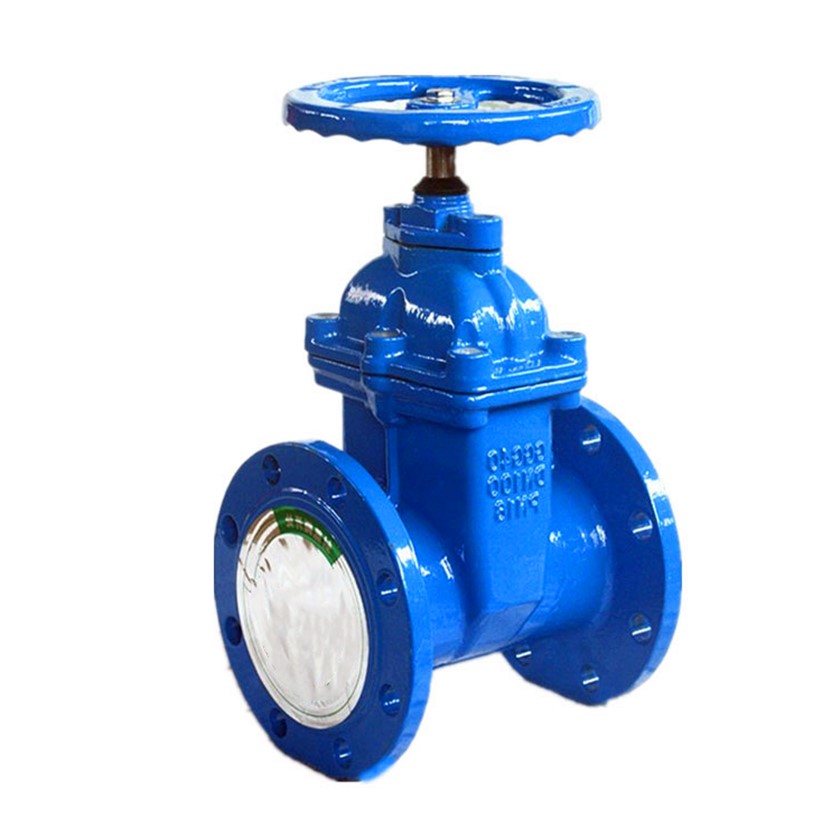butterfly valve actuator
Understanding Butterfly Valve Actuators An Essential Component in Fluid Control Systems
Butterfly valves are valuable devices widely used in various industries for regulating and controlling the flow of fluids. Central to their operation is the butterfly valve actuator, an essential component that enables automated control of the valve's position. This article delves into the functioning, types, and applications of butterfly valve actuators, highlighting their significance in enhancing operational efficiency and reliability in fluid management systems.
What is a Butterfly Valve?
A butterfly valve is a quarter-turn valve characterized by a circular disc that rotates within the flow path. When the disc is parallel to the flow, the valve is open, allowing fluid to pass through. Conversely, when the disc is perpendicular, the flow is obstructed, and the valve is closed. Due to their simple design, butterfly valves are lightweight, compact, and cost-effective, making them suitable for a range of applications, from water treatment facilities to natural gas pipelines.
The Role of Actuators in Butterfly Valves
The actuator is the driving force behind a butterfly valve’s functionality. It is responsible for moving the valve’s disc to the desired position, thereby controlling the fluid flow. Butterfly valve actuators can be powered by various sources, including electric, pneumatic, and hydraulic systems. Each type has distinct characteristics suited to specific applications.
1. Electric Actuators These use electric motors to drive the valve. They are known for precision control and can be easily integrated into automated systems. Electric actuators are ideal for applications requiring precise flow regulation and are favored in settings where electrical supply is readily available.
2. Pneumatic Actuators Utilizing compressed air, pneumatic actuators offer rapid opening and closing of the valve. They are favored in processes that demand speed and responsiveness. These actuators are commonly used in industries such as food processing, pharmaceuticals, and chemical manufacturing, where immediate flow control is crucial.
butterfly valve actuator

3. Hydraulic Actuators Employing pressurized hydraulic fluid, these actuators deliver high force and are suitable for larger butterfly valves that handle significant pressures. Hydraulic actuators are typically found in heavy-duty applications, including power generation and oil refining.
Applications and Benefits
Butterfly valve actuators find application across a myriad of sectors, including water treatment, HVAC systems, chemical processing, and power generation. Their ability to enable quick and reliable control of fluid flow is vital in maintaining operational efficiency.
One of the primary benefits of using butterfly valve actuators is their relatively low maintenance requirement. For example, electric actuators have fewer moving parts and do not need lubrication, resulting in lower operational costs over time. Additionally, the compact design of butterfly valves paired with actuators allows for easy installation in confined spaces, making them a preferred choice for modern systems.
Furthermore, the automation capabilities provided by actuators lead to improved safety and operational efficiency. In automated systems, real-time monitoring and control can be achieved, minimizing the risk of human error. Routine operations can be streamlined, resulting in higher productivity and reduced downtime.
Conclusion
In summary, butterfly valve actuators are critical components that enable smooth and efficient control of fluid flow in various industrial applications. Whether powered by electricity, pneumatic pressure, or hydraulic fluid, these actuators enhance the performance of butterfly valves, making them indispensable in modern fluid management systems. As industries continue to seek ways to improve operational efficiency and safety, the role of butterfly valve actuators will undoubtedly grow, solidifying their place in the future of fluid control technology.
-
Reliable Hydraulic Valves for Efficient Fluid ControlNewsAug.29,2025
-
Reliable Electric Actuators for Industrial Valve AutomationNewsAug.29,2025
-
Premium Line Blind Valves for Secure Pipeline IsolationNewsAug.29,2025
-
Premium Electric Valves for Smart Fluid Control SolutionsNewsAug.29,2025
-
Precision Balanced Valves for Optimal System PerformanceNewsAug.29,2025
-
Heavy-Duty Flanged Butterfly Valves for Water SystemsNewsAug.29,2025
-
Reliable Wafer Type Butterfly Valve - Durable & Space-Saving DesignNewsAug.29,2025




